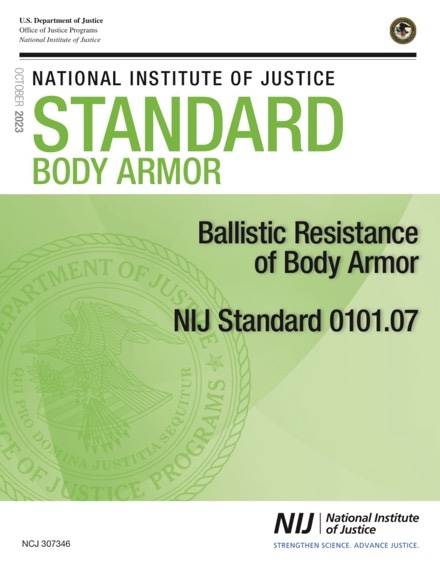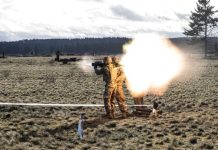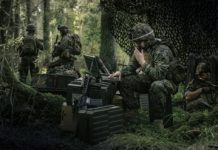Last week the National Institute of Justice released NIJ Standard 0101.07, the standard for testing and categorizing ballistic body armor.

The primary purpose of the standard is for use by the NIJ Compliance Testing Program (CTP) for testing, evaluation, and certification of ballistic-resistant body armor. It is also used by ballistic testing laboratories and body armor suppliers participating in the NIJ CTP and to accredit ballistics laboratories.
Over the past decade NIJ collaborated with the U.S. Army, the National Institute of Standards and Technology, ballistics laboratories, body armor manufacturers, materials suppliers, and other stakeholders come to agreement on laboratory test procedures and practices relevant to ballistic testing. They also produced a suite of ASTM test methods and laboratory practices that are used as the building blocks of NIJ Standard 0101.07.
A lot has changed. First off, ballistic test threats are no longer listed in the NIJ Standard but rather are available in the Specification for NIJ Ballistic Protection Levels and Associated Test Threats, NIJ Standard 0123.00. This document defines ballistic threats identified by US law enforcement as representative of current prevalent threats in the United States. Additionally, Protection levels have been redefined and are defined NIJ Standard 0123.00.
They’ve also introduced new Threat Levels, two for handguns and three for rifles:
The former NIJ Level II is now NIJ HG1 for Handgun.
The former NIJ Level IIIA is now NIJ HG2.
The former NIJ Level III is now NIJ RF1 for Rifle.
There is a new NIJ RF2 for a new intermediate rifle protection level that includes all the threats at the NIJ RF1 protection level plus an additional threat.
The former NIJ Level IV is now NIJ RF3.
The standard has three additional updates:
-Improved Test Methods for Armor Designed for Women
-Perforation-backface deformation testing, updated to include an additional shot on soft armor panels near the top center edge.
-Reconfigured perforation-backface deformation testing on hard armor plates, to include striking the crown on curved plates.
Download your copy here.
You can skip to the end and leave a response. Pinging is currently not allowed.








